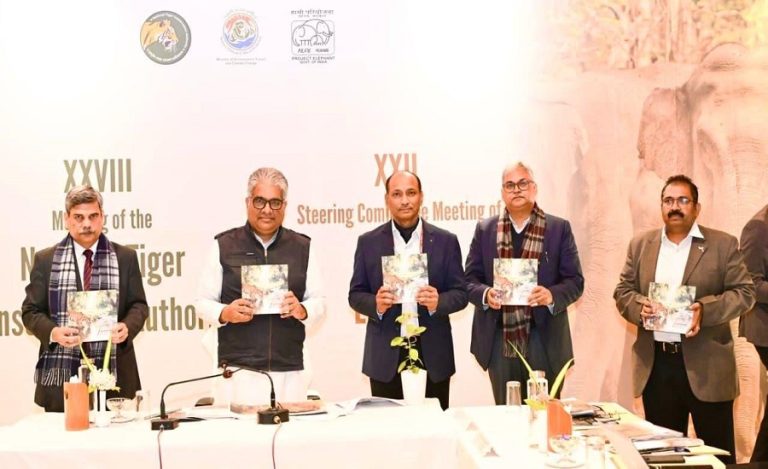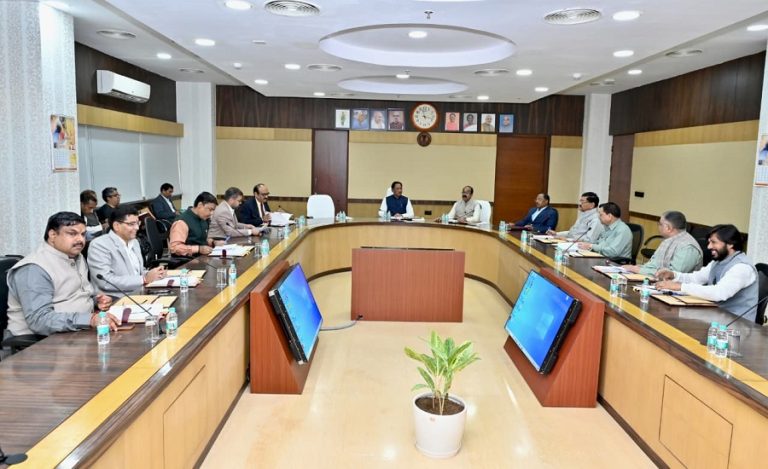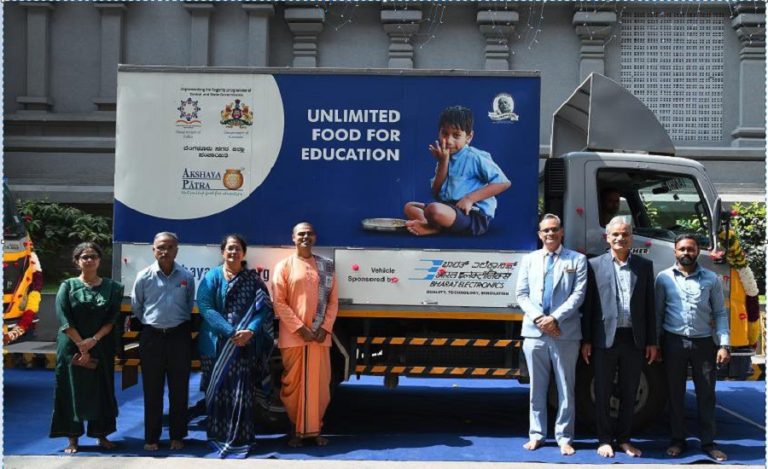The prestigious Dubai Airshow 2025 (17 – 21 November) is already gathering global attention as more than 1,500 exhibitors, 490 delegations and over 200 aircraft prepare for the event. In this setting, the arrival of the elite Surya Kiran Aerobatic Team (SKAT) of the Indian Air Force at Al Maktoum International Airport marks a strong statement — combining India’s airborne excellence with its strategic outreach in the Middle East.
Background of the Surya Kiran Aerobatic Team
Founded in 1996, the IAF’s Surya Kiran team has built up a reputation with over 700 display missions both domestically and internationally. The Dubai Airshow itself is one of the world’s leading aerospace platforms, set at Dubai World Central and under the patronage of the UAE state.
India’s participation through the Surya Kiran team in the 2025 edition underscores its ambition not just in aerial display but in deeper aerospace diplomacy and defence-industry presence.
On-site Arrival of Surya Kiran Aerobatic Team & Protocols
Upon landing at Al Maktoum, the Surya Kiran team followed strict international protocols — from flight slot approvals to mandatory safety briefings — in line with the event’s regulatory standards. The support of specialist ground services (like JETEX vehicles) ensured streamlined immigration and customs for the crew and equipment.
Importance & Strategic Implications of Surya Kiran Aerobatic Team
1. Showcasing Indian Aerospace Capability: Their participation allows India to highlight not just aerial showmanship but also its growing indigenous aerospace ecosystem under the “Make in India” banner.
2. Diplomacy & Defence Partnerships: With the UAE as a key strategic partner, the Surya Kiran presence strengthens defence-aerospace ties, signalling India’s readiness to engage globally in aerospace exports, joint ventures and interoperability.
3. Industry Impact: For Indian aerospace players, the Dubai Airshow offers a platform to connect with global players, and the Surya Kiran display becomes a live demonstration of credibility and performance under high-visibility conditions.
Challenges & Considerations
- Logistical Complexity – Transporting aerobatic aircraft and ground-support infrastructure internationally involves high costs, complex clearances and risk management.
- Operational Readiness – Display teams must maintain peak performance standards, with safety absolutely paramount when operating abroad.
- Market Expectations – Participation raises expectations for tangible outcomes: collaborations, orders or partnerships — managing deliverables becomes key.
- Geopolitical Balance – Engaging in the Middle East aerospace arena means navigating regional competition and diplomacy carefully.
The Way Forward
- Beyond performance, India should use the Surya Kiran visit to pitch its aerospace-technology modules, training services and defence exports.
- Post-show, dedicated efforts must convert leads into MoUs or contracts, linking display success with business metrics.
- Regular international participation keeps India in the global aerospace conversation — suggesting setting up recurring presence at key shows.
- The aerobatic display should be complemented with media engagement, showcasing Indian pilots, technology and skills to a global audience.




























